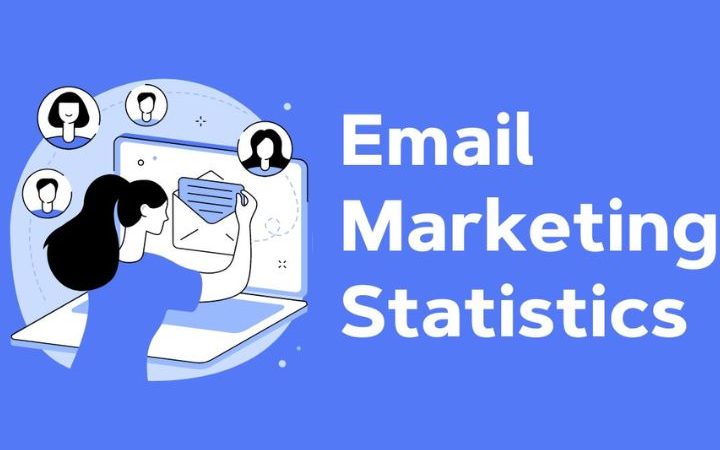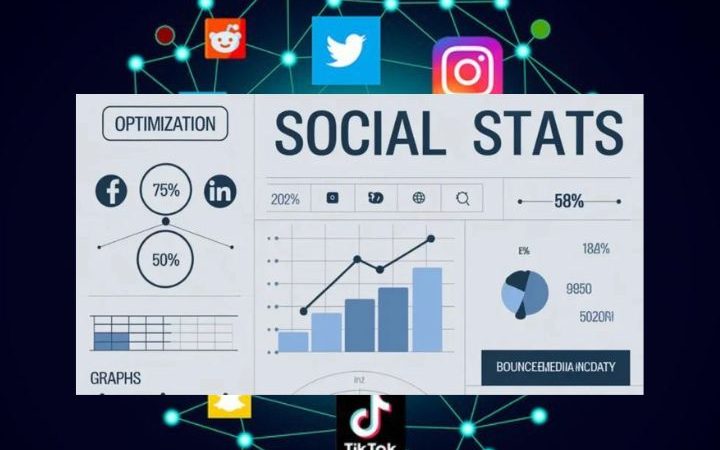How to optimize content for SEO strategy
You already know that SEO strategy is a set of tactics and actions designed to improve the visibility of a website in the search results of search engines, such as Google.
The steps to create an effective SEO strategy are:
Identify keywords or phrases relevant to your business or website. Use keyword research tools to determine which terms are most popular and relevant to your content.
Provide a good design and easy to use. Search engines like websites that are easy to navigate and have a clear and logical structure.
Add quality and regularly updated content. Search engines value websites with quality, relevant content and regularly updated.
Use proper heading titles and tags on your pages. Heading titles and tags are important because they provide information about the page’s content and help search engines understand the page’s topic.
Add metadata to your pages. Metadata is information added to web pages to provide more details on the page’s content to search engines.
Use quality external links. External links to other quality websites can help improve the authority and relevance of your website.
Monitor and analyze your results. Use SEO tracking and analytics tools to assess your website’s performance and determine which strategies work best.
The SEO hierarchy of needs refers to the importance of attending to certain aspects of SEO in a specific order. According to this hierarchy, you need to follow SEO basics first before moving on to more advanced tactics.
The levels of the SEO hierarchy of needs include:
Accessibility: Make sure search engines can crawl and index your site effectively.
Content: Make sure you have relevant and interesting content on your site.
Keywords: Use relevant keywords in your content to improve your ranking in search results.
Authority: Get quality external links to your site to increase authority and relevance.
Usability: Make sure your site is easy to use and navigate to improve the user experience.
It is important to note that this hierarchy is not an exhaustive list of all SEO tactics but rather a guide to determine which aspects to prioritize when creating an effective SEO strategy.
How to allow Google to index your pages?
Another important question to optimize the SEO strategy is how you can get Google to index our pages. The most important function of on-page SEO is to allow search engines to crawl and index your content to increase your site’s online visibility.
Make sure your site is available for crawling: You must allow Googlebot to access your pages and files to index them. You can do it through the “robots.txt” file or the “meta robots” tag in the HTML code of each page. If you have a CMS platform (like WordPress), some plugins will make it easier for you to configure.
Use tags and titles correctly: Make sure your pages have titles and meta tags that are unique and relevant to the content of each page. This will help Google understand the content on your site and display it in search results appropriately.
Use internal and external links: Internal and external links are also important to help Google understand your site’s content. Use internal links and external links to link your pages together to reference relevant content on other pages.
Upload a “sitemap.xml” file: A “sitemap.xml” file is a list of the pages on your site that you want Google to index. You can manually create a “sitemap.xml” file or use a tool to generate it automatically. Then, you must upload it to your site and submit it to Google through the Google Search Console tool.
Use the Google Search Console tool: Google Search Console is a free tool from Google that allows you to see how Google is crawling and indexing your site. It also allows you to submit “sitemap.xml” files and receive notifications of problems or errors on your site. It is important to use this tool to ensure that your site is correctly indexed and optimized for search engines.
SEO Elements
You must remember the elements that help us position the web page, such as header tags, the title tag or external links.
Header tags are HTML tags used to provide information about the content of a page and help search engines understand the page’s topic. Heading tags are divided into six levels, from the most important heading (H1) to the least important heading (H6). It is important to use proper header tags to provide hierarchical information about page content and improve user readability.
The title tag is another important HTML tag used to provide a title to a page. This tag is displayed in the browser tab and search results, so it is important to use an attractive and relevant title tag to attract users to your site.
External links are links from your website to other web pages. External links are important for SEO because they help improve the authority and relevance of your site. It is important to ensure that external links are quality and relevant to your content to get the most benefit possible.
Thanks to these tips, you can improve visibility in search engines and increase traffic. Good SEO optimization increases your site’s visibility in Google search results, which means more people can find your site when they search for terms related to your business. In addition, to obtain greater profitability in the long term. Although SEO may require some initial effort, it can be a profitable long-term strategy. Once your site ranks well in search results, you’re less likely to need to spend on advertising to attract new customers.






